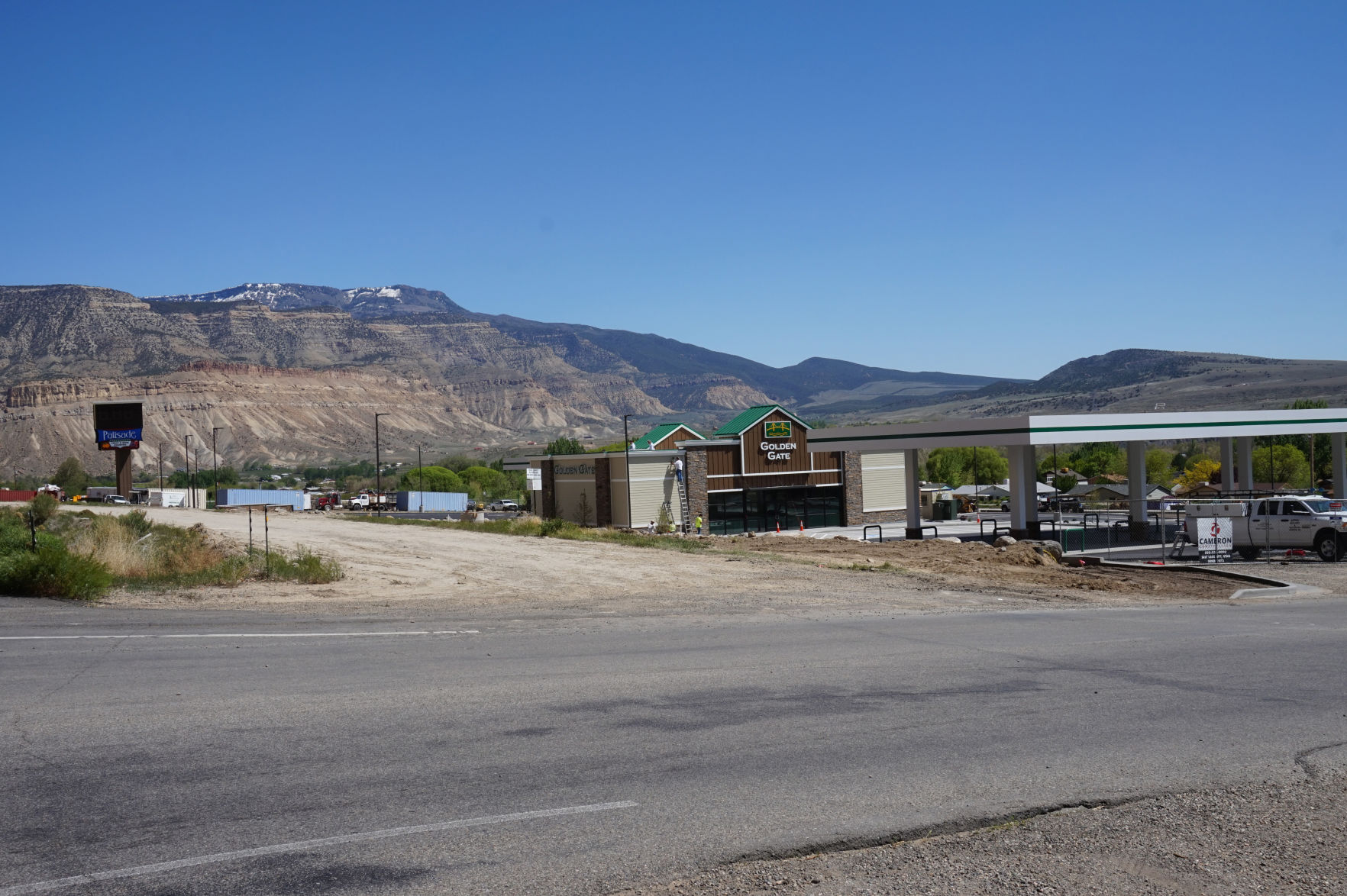



More recently, 40 cm (15.5 in) of snow fell in late January 2006, 45 cm (17.5 in) on the 2009 Epiphany, and 30 cm (12 in) in December 2009.Īt the Brera observatory, the average of the thirty years 1961-1990 was 25 cm (10 in). In January 1985, it snowed for four days in a row, and the snow reached 70 cm (27.5 inches) in the center and 90 cm (35 in) in the hinterland. Snow in Milan usually falls at least once every year, and sometimes can be abundant, although it tends to melt soon enough. There is a moderate amount of rainy days, even though the winter is relatively dry when compared with the other seasons. When the föhn blows, the temperature can exceed 15 ☌ (59 ☏) even in the middle of winter. The wind is usually weak or absent, except when the föhn blows, a warm, dry wind that comes down from the Alps and is able to bring clear skies and good visibility (a sign of its presence, in addition to mild air, is the possibility to see the snow-capped Alps). Typically, by the second half of February, the temperature tends to increase, and highs exceed quite often 10 ☌ (50 ☏).įog, which was once very common (in the 1980s, Milan airport was the foggiest in Europe), has become quite rare within the city, where the so-called "urban heat island effect" also makes the temperature less cold, especially at night. Temperatures often remain around freezing (0 ☌ or 32 ☏) also in the daytime, especially in December and January, and the sky remains overcast for long periods. Winter, from December to February, is cold, damp and gray. In Italy, it is said that "in Milan it always rains": this is certainly an exaggeration, but in any case, it rains more often than in other areas (in particular, than in the center-south), moreover, the rain tends to last several hours in autumn and in winter, while in late spring and summer, there are frequent thunderstorms in the afternoon and evening. Precipitation is quite abundant, since it amounts to 945 millimeters (37 inches) per year, and is well distributed over the seasons, though there is a relative minimum in winter and two relative maxima in spring and autumn. Now and again, from the sideline, she’ll turn and whisper something to an assistant coach with a thin smile.Īnd the girls are playing for her they have bought into the program enough to dive and take charges and run the floor to exhaustion.Įxpect the basketball programs in the land of peaches to have a thriving future.Milan - Average temperatures (1991-2020) Month Mixed in with her competitive fury is a touch of sense of humor, spiced here and there. An eighth grade Brown is on the way.īut Bagwell is a bit different from Tafel. Jenna, a junior, Casey, a sophomore and Ashlyn, the freshman, all start. The Bulldogs are 5-7 and 4-3 in the league and have a slew of upcoming talent, most notably the Brown sisters. In her opening game, the girls coach expected to beat the Grand Junction girls, who at the time were considered by some as the area’s team to beat. Krueger also brought in Danielle Bagwell. He has recruited his own kind, those familiar with the Way, from within. Palisade athletic director Mike Krueger has not brought in outsiders. Tafel was a Bulldogs assistant last year. The boys are 8-4 overall and 6-1 in the Class 4A Western Slope League, tied atop the league standings with Delta and Eagle Valley. Their coaches are in their first year both seem invested in their respective programs. They exemplify the Palisade Way, which is, of course, why they were hired.Īnd the future looks good for Palisade basketball. Just look at Palisade’s newest basketball coaches. They bill it was the “Palisade Way.” Usually, that means being tough, not backing down, working hard. Already, after replacing a legend of a coach - Steve Phillips (who in 1990 guided the Central boys to a state championship) - Tafel’s Bulldogs have not slipped. He demands success - does not ask for it. He looks ready to jump on the court and rip out some defensive slides. Always on edge, face another shade of red from candy apple.


 0 kommentar(er)
0 kommentar(er)
